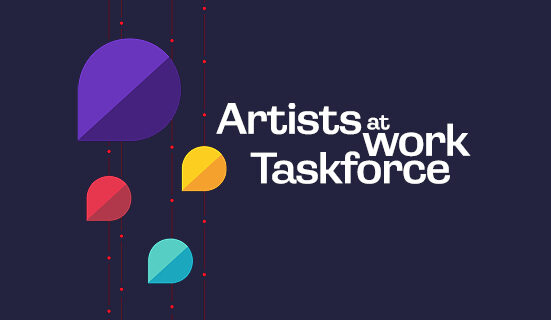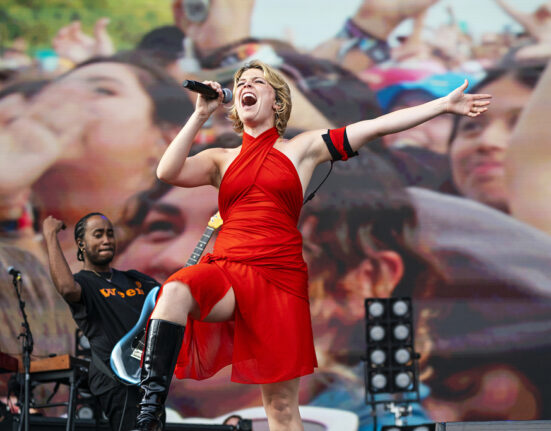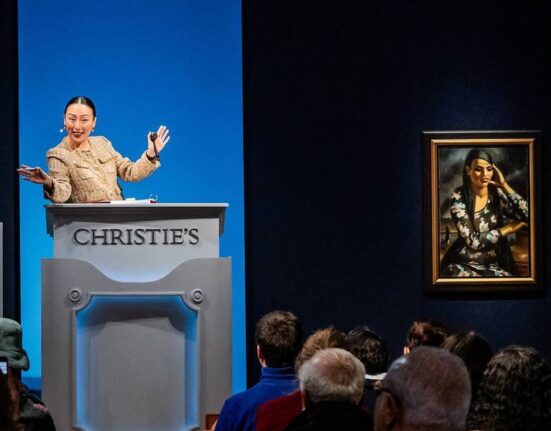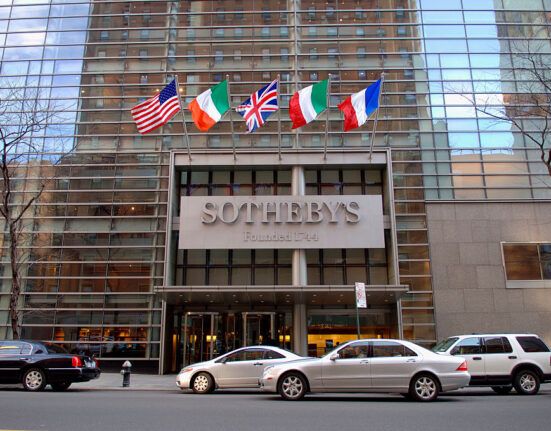As a child, the simple things in life can often be the very best things. Joy is found in playing with toys, exploring new hobbies and cherishing the legacies of those who came before you. Sometimes, these years are taken for granted and they pass in the blink of an eye. Despite time passing, the significant childhood simplicities can leave a lasting impression.
On Monday, April 29, the Building Bridges Worker Artist group presented their spring 2024 exhibit: “Reflections on Childhood Joy.” This showcase, which featured art from thirteen different University of Massachusetts worker artists, illuminated how the things one finds enjoyment in as a child can profoundly impact the course of one’s life. From daffodils, gouache rabbits, crayons, 40-year-old lost film, sidesaddle dress designs and stained glass, the uniqueness of each exhibit provides a window into the lives of UMass employees.
The Building Bridges Public Art & Engagement Initiative is a program that “draws on the power of solidarity and creative expression to bring people together and create a bridge across difference.”
Over the years, Building Bridges has unveiled multiple art exhibits, all of which provide UMass workers with the opportunity to not only receive the recognition they deserve, but also display their own personalities through art.
Donna Vanasse, the Program Coordinator for Social Thought and Political Economy, presented her “2023 Summer Nostalgia Project” at the exhibit, which illustrated snapshots of her life through multimedia video. In the program, she writes, “Working on this project helped me focus on the deep love that we shared in simpler times.”
Memories of green stamps, afternoon swims in the pond and endless horse rides were just a few of the memories shared. Vanasse has been working with UMass for the past 26 years and has been a part of the Partnership for Worker Education for the last six. She reflected on the first time someone asked her to join the Building Bridges program, remembering she didn’t think she could do anything. Then, she thought, “I can do this. I can sing a song.”
Vanasse went on to describe one of her favorite performances: singing an original song on the steps of the Fine Arts Center and having a crowd of 50 people sing along with her. The ability to spread music and have her voice truly be heard was something Vanasse would never forget.
“For frontline workers like us, to be recognized, it was huge,” Vanasse said. “People don’t talk to us in the halls. We’re more than you see.”
These words echo the first worker art exhibition at UMass, titled “We Are More Than You See,” which took place in 1994 and was inspired by workers who expressed feeling both ignored and unseen on campus. The program writes, “Since then, our exhibitions have always sought to create opportunities to see, hear, and celebrate staff as multidimensional human beings.”
Jacob Carter, the director for the Partnership for Worker Education, described how each art course meets weekly through Zoom, where conversations about each person’s work are shared and discussed.
“The creator practice is really something that allows people to come together,” Carter explained. “Everyone is passionate about creative expression.” He emphasized how meaningful it is to have such a collaborative community that seeks to design objects to raise awareness for social issues.
Collaboration was a key driving factor in making this year’s exhibit possible. Michelle St. Martin, a worker at one of UMass’s Physical Plants and contributor to the Building Bridges Initiative since 2017, explained to the group how she had recently acquired a Brownie Hawkeye camera and Transistor radio from eBay. These objects were fundamental to Martin’s childhood, cultivating her fondness for both photography and radio.

“Interpretation of the world around me via photos and music were my escapes during my formative years,” Martin writes. She talked about listening to the undeniable static sounds of the AM radio channel during a storm, which brought back years of nostalgia. After sharing, the other members began to think about the ways they experienced happiness during their own years of youth.
The legacies of family can also have considerable influence on one’s life growing up, such as the case with Andrew Humpel. Humpel, who has been working with UMass for 41 years, shared a project that displayed his connection with the history of candlepin bowling. His step great-grandfather John Jay Monsey was credited with creating the rules that define the game of candlepin bowling. As a child, Humpel reminisced about his time bowling in his garage with cement balls and wooden duck pins.
Humpel has been a part of the Building Bridges Worker Artist group for the past three years. He talked about how his passion in “always [making] things,” such as chainmail armor and Epoxy resin jewelry, influenced his decision to join the program.
The creativity Humpel expressed appears to be a common denominator among the artists involved in this year’s spring exhibit. Many of the projects took weeks, if not months, to create, and the passion each person holds for artistic expression is evident in their work. Through it all, the members expressed their gratitude for one another and the enriching community they are a part of. While the nostalgia of the past can often leave one longing for old memories, the comfort these childhood experiences provide transcends all yearning and paves the way for future happiness.
For the Summer 2023 Nostalgia Project, Donna Vanasse wrote, “Sometimes, I feel sad, and a few tears leak out. But more often than not, I am comforted by the memories that I hold in the depths of my heart. I feel their love and I am filled with joy as I bask in the comfort of having loved and been loved by my family.”
Erineah Quan can be reached at [email protected]







